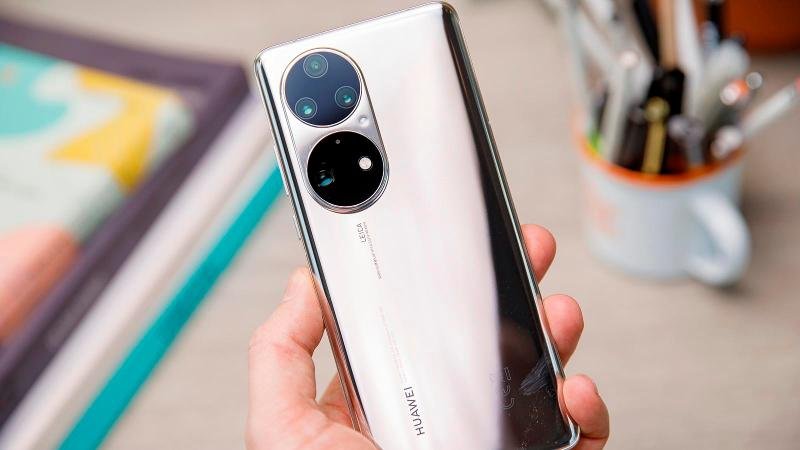Between the company’s US-imposed restrictions, the global pandemic and the ongoing chip shortages, there was a moment where it felt as though the Huawei P50 series would never see the light of day.
Devices did eventually arrive in the company’s native China (in August 2021) but almost a year on from their expected release, only now do international markets finally have hands-on at least one of the entries in the series: the Huawei P50 Pro.
Likely as a result of the P50 line’s difficult road to market, the Pro+ model that punctuated the top of 2020’s Huawei P40 family is nowhere to be seen amidst this generation (although we have instead received the folding P50 Pocket), rendering the P50 Pro the most capable conventional bar-style phone that the company currently offers.
Design and build
- Great build quality
- Thin and light for its size
- Underwhelming finish options
As with the other entries in the P50 series, the Pro showcases the company’s latest ‘Dual-Matrix Camera Design’; punctuated by the two large circular camera modules positioned one above the other in the top left corner of the phone’s reflective glass back.
The modules themselves are then sat atop a stepped pill-shaped element, but even with this approach, the camera bump is negligible and the layout intriguing; with three of the phone’s four rear sensors in the top module and the telephoto snapper, flash and autofocus system positioned within the lower.
While Huawei introduced the phone in four colours – Cocoa Gold, Pearl White, Charm Pink and Golden Black – it’s the gold and black variants that are the most widely available internationally.
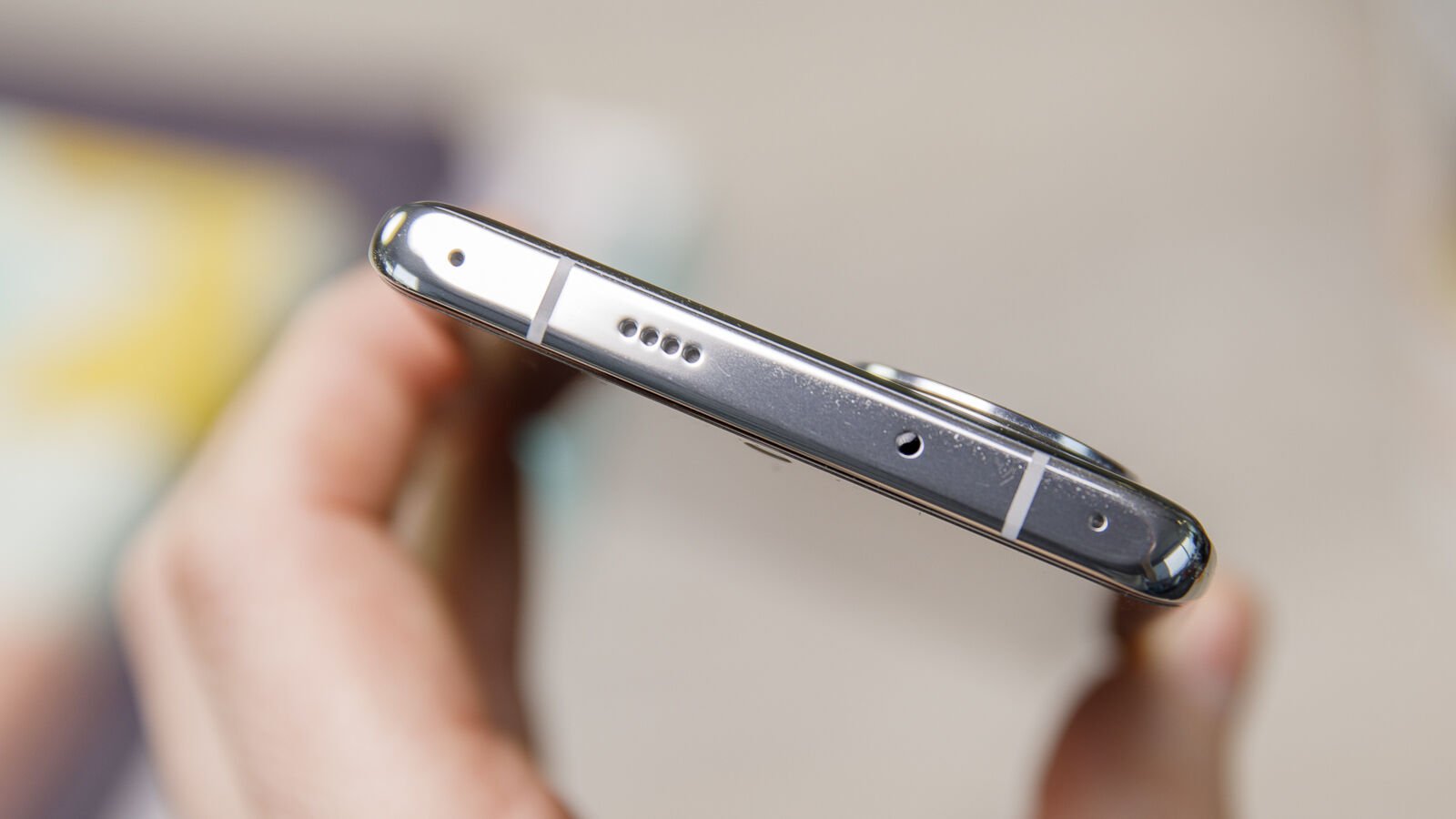
Cocoa Gold (as pictured/reviewed) doesn’t subvert expectations like Huawei’s usual array of eye-catching finishes tends to and even calling it gold seems like a stretch; with a silvery mirror-like appearance that features “a hint of tea,” as one Huawei representative described it.
What’s nice is the design team’s colour-matching skills, with a complementary metal frame that follows the contours of the phone’s rounded sides while embracing a decidedly Oppo-like flat top and bottom edge. Although the glossy finish is unsurprisingly prone to fingerprints, Huawei does include a transparent flexible case in-box to mitigate this issue somewhat and it still means you can enjoy your chosen colourway too.
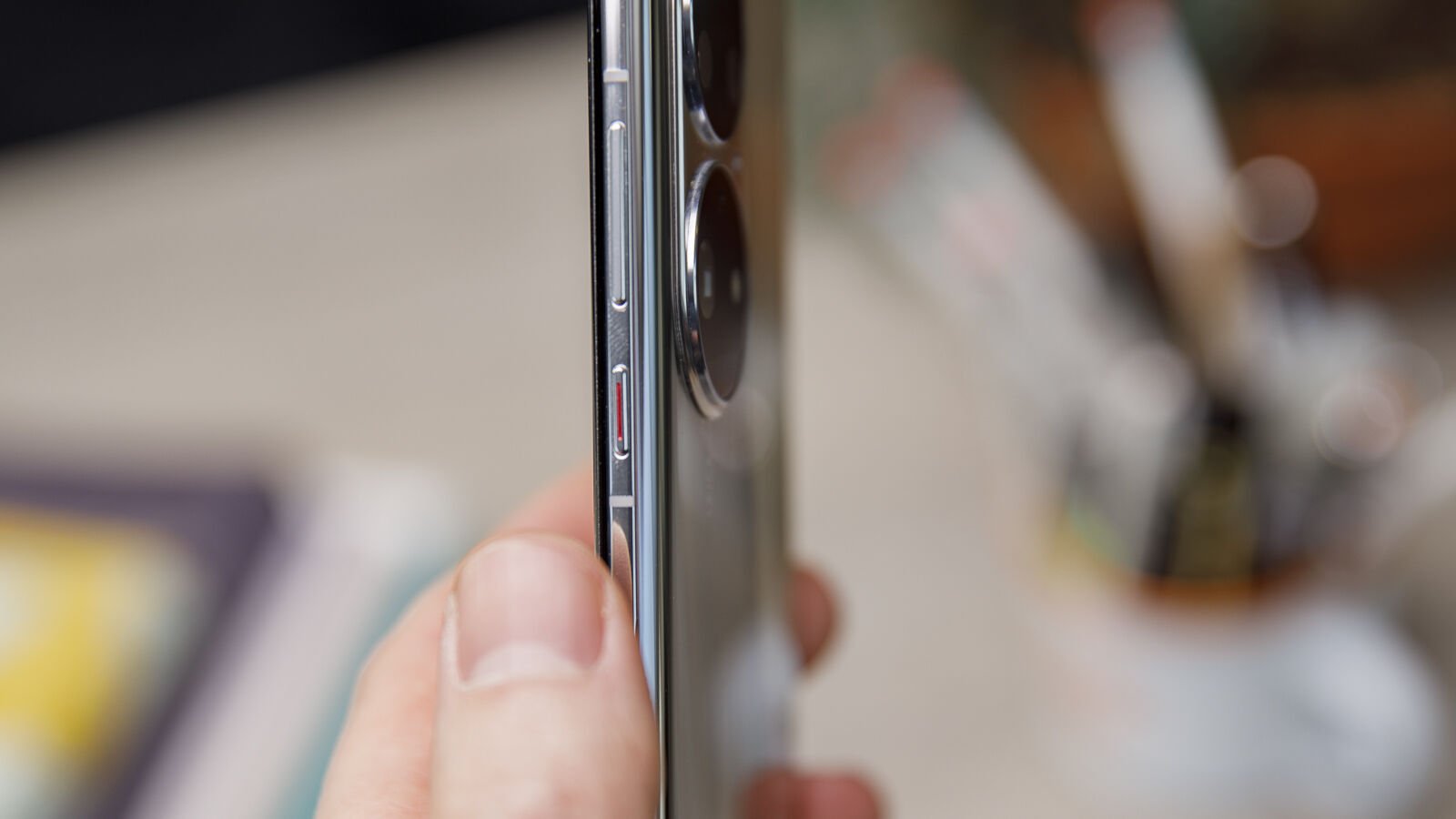
Despite sporting a larger battery than its predecessor, it’s both lighter (195g vs. 209g) and thinner (8.5mm vs. 8.95mm) than 2020’s P40 Pro; helped by that svelt metal frame, and a curved glass front and back. The overall effect is a refreshingly thin and light-feeling flagship with top-notch build quality, and IP68 dust and water resistance to boot.
Display and audio
- Stunning curved-edge OLED display
- Middling in-display fingerprint sensor
- First P series phone with a 120Hz refresh rate
Part of that pleasing hand-feel comes from the fact that, unlike numerous other top-tier rivals, the P50 Pro isn’t a huge phone.
Its thin frame surrounds a 6.6in curved-edge panel that – for the first time in the P series – makes the jump to a 120Hz refresh rate; providing super-smooth visuals. That’s accompanied by a 300Hz touch response rate (great for gaming) and 1440Hz PWM dimming control (intended to reduce eye strain, particularly at lower brightness).
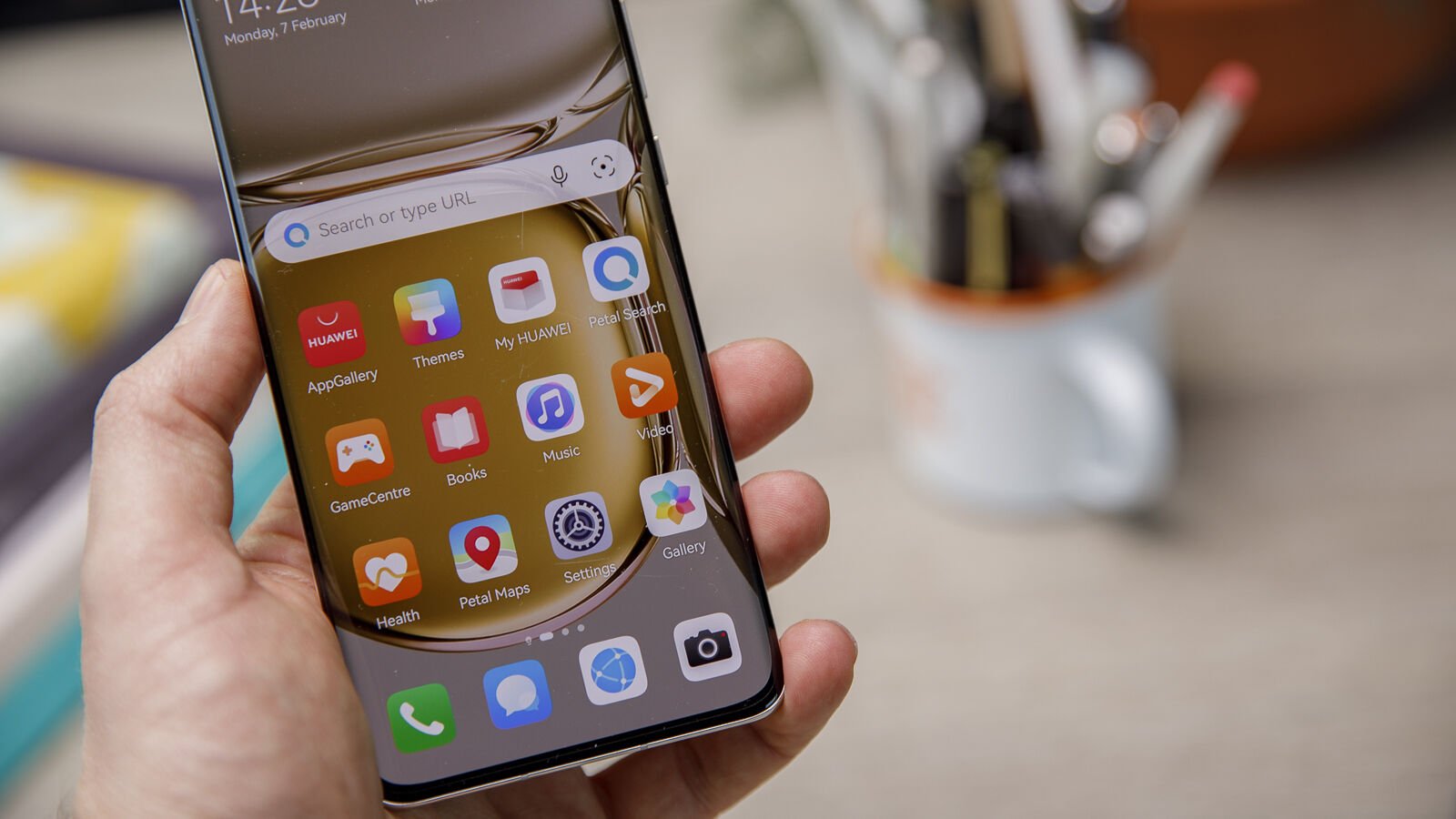
Huawei’s also pushed its display technology further by integrating 10-bit colour support and – although it doesn’t stretch into 4K territory, like Sony’s Xperia 1 line – the 2700px by 1228px resolution results in a crisp 450ppi. Pair this with exceptional viewing angles (not to mention minimal brightness drop-off when viewed off-axis) and it makes for one of the nicest smartphone displays around, right now.
The front-facing camera has moved from its predecessor’s pill-shaped offset dual-sensor offering to a far less obtrusive, centrally-positioned single snapper, while the optical in-display fingerprint sensor sits low on the panel and works well enough, but could be improved – in terms of both response time and reliability (there is the option of snappy RGB camera-based face unlock too).
That sumptuous display is accompanied by a stereo speaker pair, with speaker grilles set into both the top and bottom edges of the phone (when held in portrait). There’s an intentional bias toward mids and high frequencies from the top speaker, while the bottom delivers audio with more bass, which is not uncommon where stereo smartphone speakers are concerned.
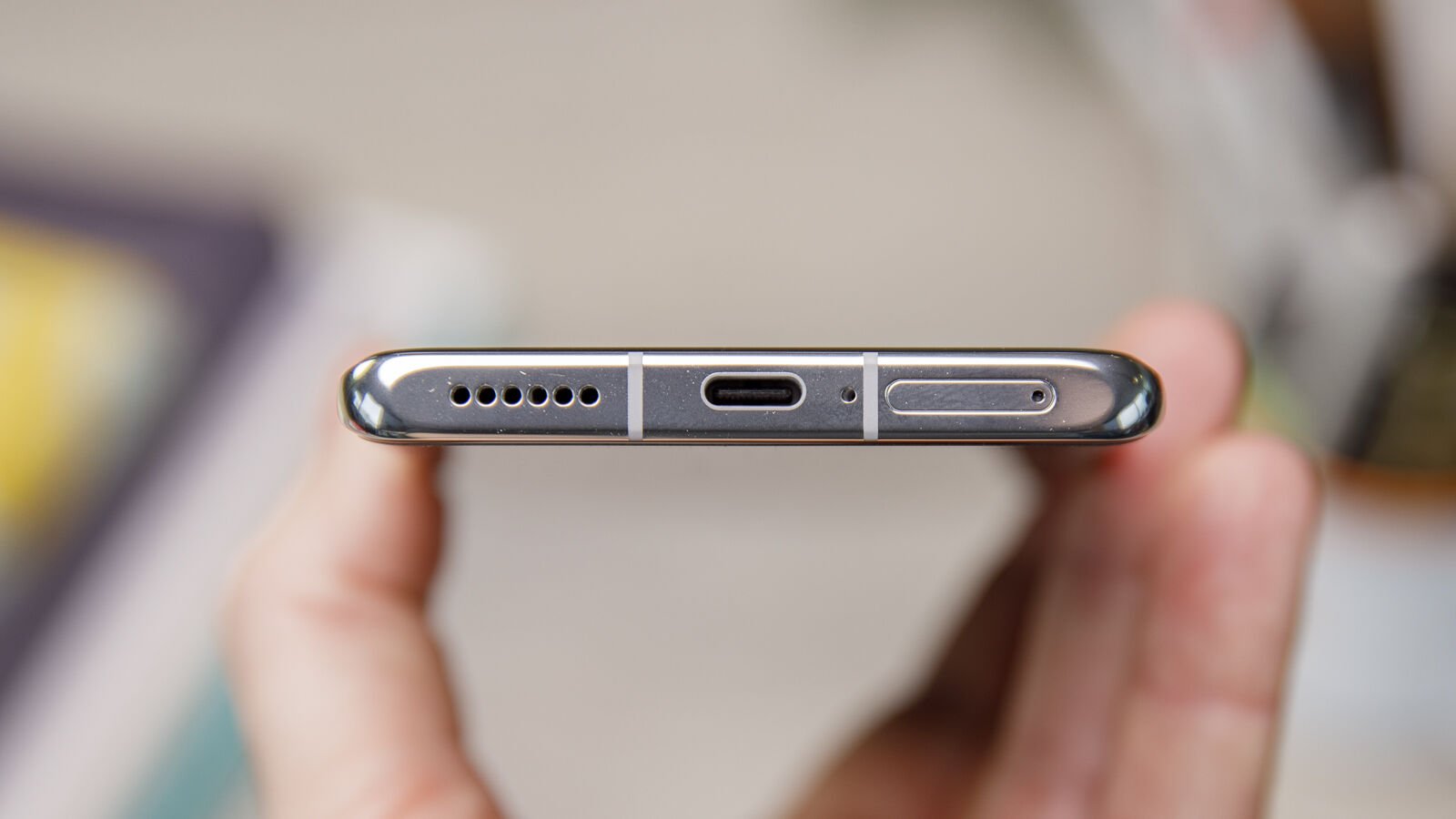
Overall loudness is respectable, without distortion, and the speakers offer pleasing clarity and range too. More bass is always appreciated when it comes to mobile audio and the P50 Pro doesn’t do much to address this, while there is a degree of stereo separation, even if the speaker bias makes things feel slightly unbalanced.
There’s no headphone jack or USB-C to 3.5mm adapter in-box, so over/on/in-ear audio is best achieved wirelessly (check out our Best true wireless earbuds chart for some worthwhile recommendations).
While Huawei makes no mention of the Acoustic Display technology first implemented on the P30 series, the lack of a discernable earpiece and the fact that covering the top speaker grill doesn’t appear to affect call quality suggests that some variation of this system may persist on the P50 Pro.
Clarity and volume are respectable, although sound leakage is also a very real trait of the phone, so don’t expect to be able to have a private conversation in quiet surroundings.
Software and features
- EMUI 12 on international version (not HarmonyOS)
- Awkward workarounds for non AppGallery apps
- Clean, customisable, easy-to-use experience
If you’ve been following along with Huawei’s story of late, you’ll know that HarmonyOS is the company’s latest and greatest mobile operating system. You’ll find it running on everything from the recent MatePad 11 to the Huawei Watch 3 and it’s even available on the P50 series, but only in China.
Internationally – as on the model tested here – the phone comes running EMUI 12, which long-time Huawei users will know as the company’s skinned version of Android. EMUI in this latest incarnation (according to Huawei) runs on reworked underpinnings, based on the AOSP (Android Open Source Project) build of the platform and, of course, completely lacks Google Mobile Services.
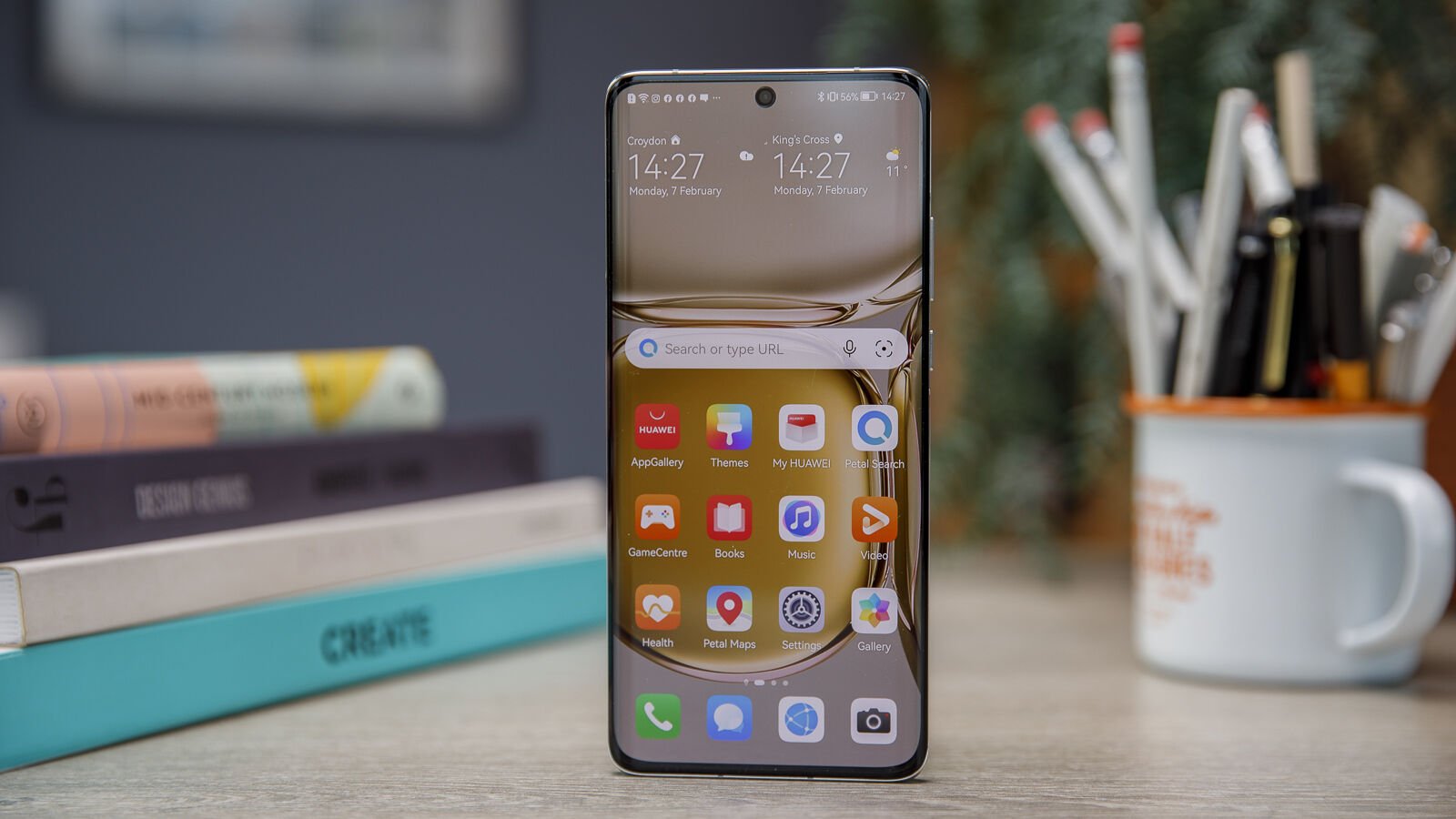
The global P50 Pro’s EMUI 12 experience still feels decidedly like most recent Android phones (it’s based on Android 11) as well as HarmonyOS 2, for that matter. The main differentiator is the iOS-like notifications and control centre, split into two discreet shades; accessed by swiping down from the top left and top right sides of the display, respectively.
EMUI also has a distinct white-on-blue colour scheme (unless you use the system-wide dark mode) and features an identifiable aesthetic in areas like its app iconography, animated always-on display elements and settings menu.
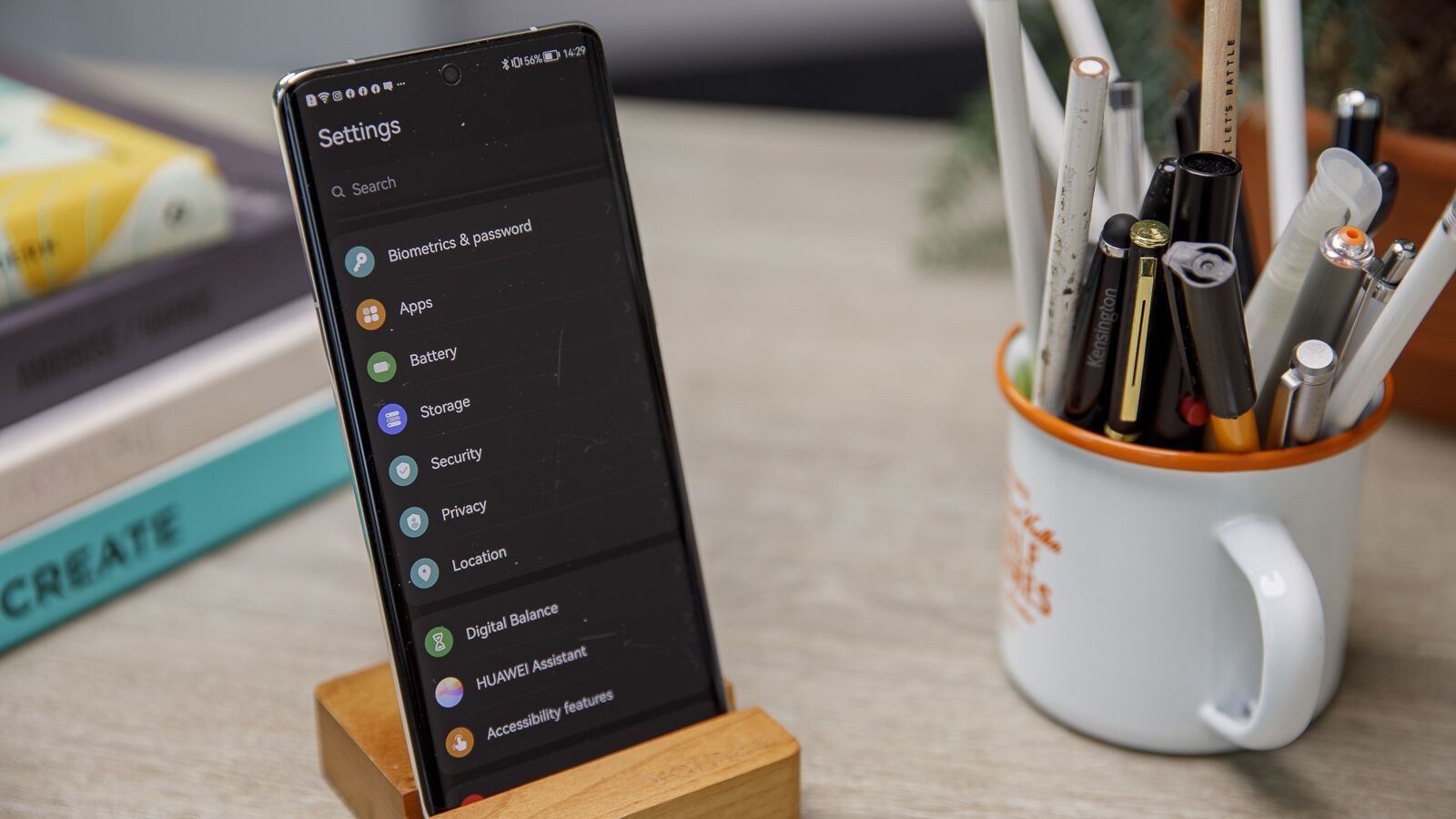
Coming from the average Google-laden Android phone, you’ll find a direct replacement for all of the key apps and experiences you’d expect: the Huawei AppGallery replaces the Google Play Store, the Huawei Assistant replaces the Google Assistant (complete with its voice components), Huawei Music offers its own paid streaming subscription, movies and TV shows can be streamed, rented and bought through the Huawei Video app and Google Maps has been replaced by the Chinese company’s own Petal Maps.
If you’re not beholden to Google, the move to EMUI on the P50 Pro shouldn’t pose any real problem; it’s a complete ecosystem in its own right. However, for those already entrenched in the US tech giant’s apps and services, leveraging them on the P50 Pro is an exercise in extensive hoop-jumping.
Beyond TikTok and Snapchat – which came pre-loaded on the Pro – of the 20-something apps I downloaded (including Facebook, Instagram, Netflix, Twitter, Spotify and Discord), while they all worked to varying degrees, Huawei’s own app store directed me to download 11 of those from a third-party source (namely APKPure), while a further 8 were only usable as web apps (or ‘Quick Apps’, as EMUI brands them).
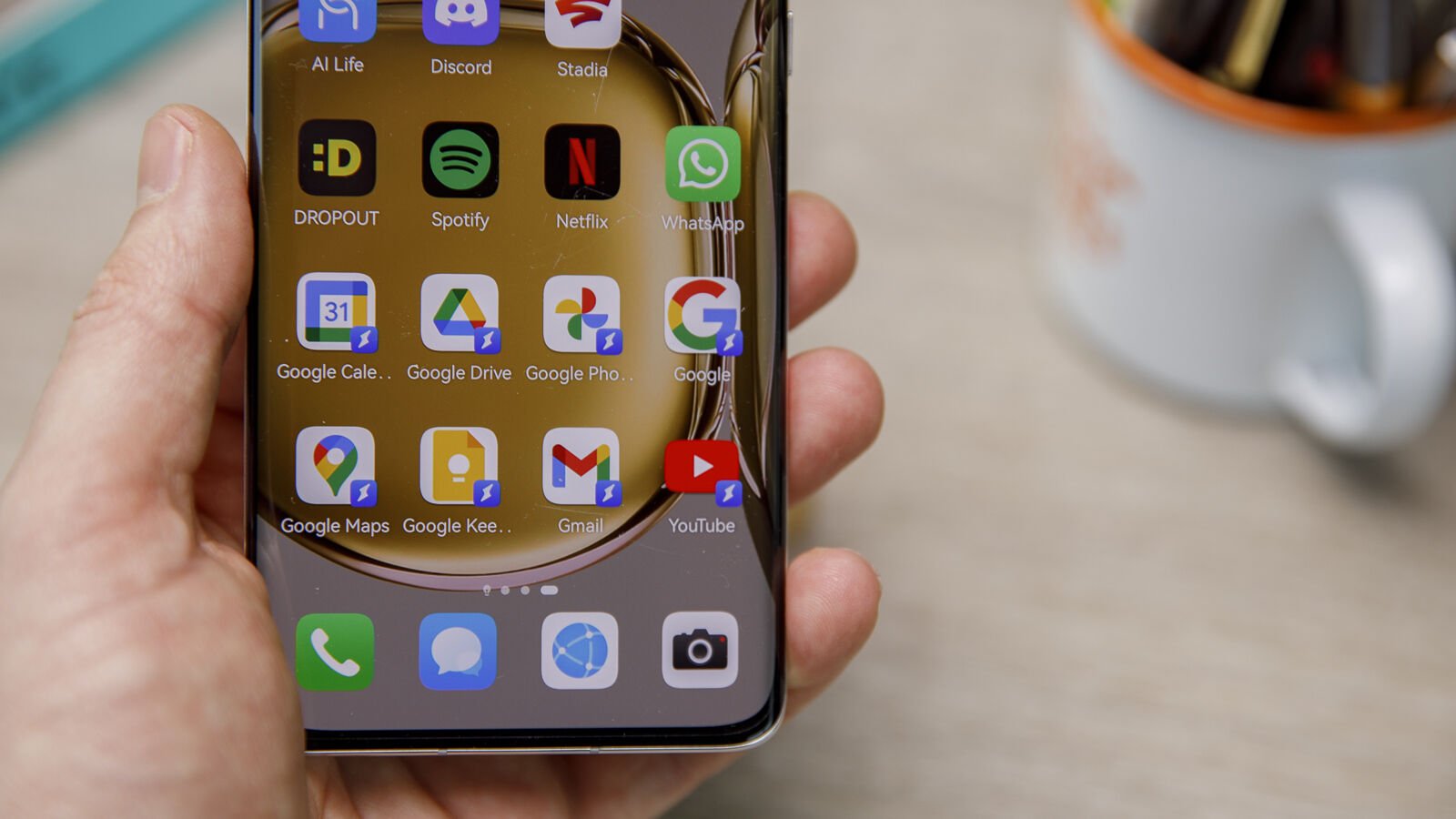
Although some Google apps can be downloaded via sites like APKPure (such as Google Maps), you’ll be unable to log in with your Google account credentials and thus not be able to access saved settings/locations etc. When it comes to apps from third-parties that rely on Google services, offerings like WhatsApp function but you won’t be able to pull in any iOS or Google-based chat back-ups; meaning you’ll have to start from fresh.
While Huawei has made strides to improve the overall experience of pulling in apps from disparate sources, keeping them updated can also be a challenge; with some updated APKs needing to be reinstalled over existing entries, not to mention apps from outside the AppGallery can’t be updated in the background; requiring manual confirmation of installation.
Performance
- No 5G
- Great performance
- Hardware already looks dated
The unique set of circumstances tying Huawei’s hands regarding aspects of its product development – like the enforced absence of Google Mobile Services – is the same driving force behind the debut of the unusual Qualcomm Snapdragon 888 4G that powers the P50 Pro.
As the name implies, the phone uses the same 5nm chipset found in the majority of 2021’s best and brightest smartphones, however, that suffix highlights another strange side effect of the company’s inability to work with certain US-affiliated technologies: no 5G.
Why this latest P series can’t enjoy the benefits of 5G connectivity, while other relatively recent Huawei devices – like its predecessor, the Mate 40 series and the foldable Mate X2 – could, remains unclear but it’s another disappointing quirk of the P50 Pro.
As you might expect, in testing the Pro proves perfectly comfortable delivering a fantastic flagship-class experience, however, the chipset at its core already rests in the shadow of not one (the Snapdragon 888+) but two (the Snapdragon 8 Gen 1) successors.
Battery and charging
- 1.5 day battery life
- 66W fast wired charging
- 80% charge in 30 minutes
Despite being thinner and lighter than its predecessor, Huawei’s managed to squeeze the highest capacity battery into a P series device yet, with a 4360mAh cell inside the P50 Pro.
EMUI is known for its heavy-handed background power management and while this didn’t appear to impact day-to-day usability, app launch times or general performance, it is likely the reason behind the phone’s impressive longevity, compared to similarly specced devices. Screen-on time that consistently approached 8.75 hours isn’t to be sniffed at either.
What’s more, the phone carries across the Mate 40 series’ superb charging setup; with 66W wired charging support, up to 50W wireless charging support and reverse wireless charging; ideal for topping your Huawei Freebuds back up, while out and about.
Huawei includes a 66W SuperCharge adapter in-box that refills the phone to over 80% charge in just 30 minutes and fully charges the P50 Pro in around 45 minutes. While this is impressive in and of itself, the phone’s charging prowess is further bolstered by the fact that you’ll only need about 60% to 70% charge to make it through a full day in general use.
Cameras
- Versatile quad rear camera setup
- Some inconsistencies in video
- Rich imaging toolset
One of the cornerstones of any Huawei flagship is its camera and the P50 Pro’s Dual Matrix design houses an intriguing assortment of sensors; led by an optically-stabilised 50Mp ‘True-Chroma’ primary snapper.
Pulling from a few generations back in the P series lineage, the Pro also integrates a dedicated 40Mp monochrome sensor (which among other things informs the phone’s ‘monochrome’ shooting mode), while a 13Mp ultrawide and a 64Mp periscopic telephoto sensor (with 3.5x optical magnification) round out the lenses on the phone’s rear.

As the ‘True-Chroma’ branding alludes to, better colour accuracy is a core focus of this generation’s camera system; with the addition of a 10-channel multi-spectrum sensor (to compliment the wider colour gamut support afforded to the P3-compliant display), alongside other extras; like laser autofocus.
Between the point of and review, there are a couple of additional technologies working to improve image quality; with ‘Huawei XD Optics’ reportedly correcting light errors before the image processing phase. The company’s ‘XD Fusion Pro’ image engine then takes over, designed to smarten up colour, dynamic range and detail, before serving up…
